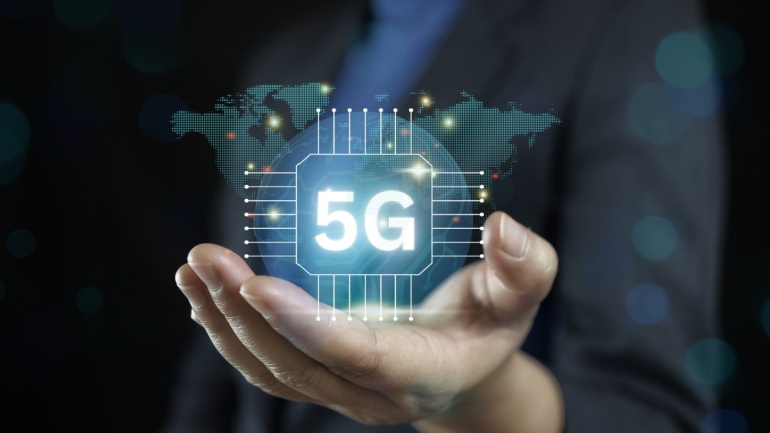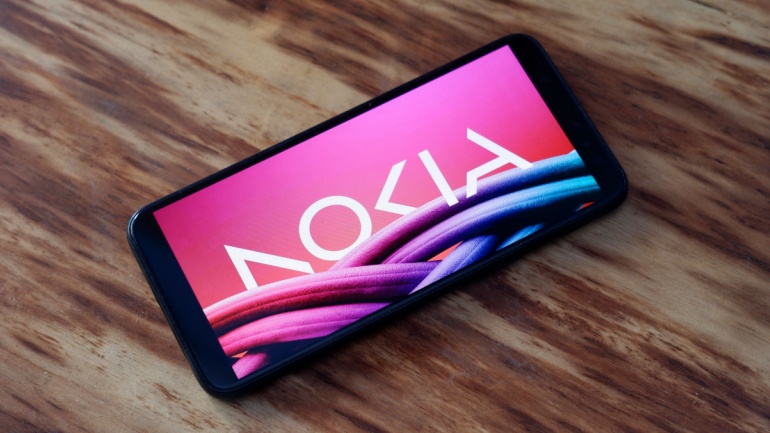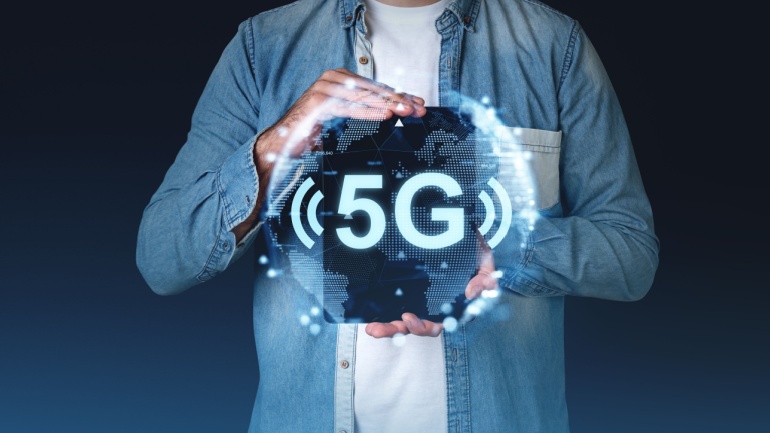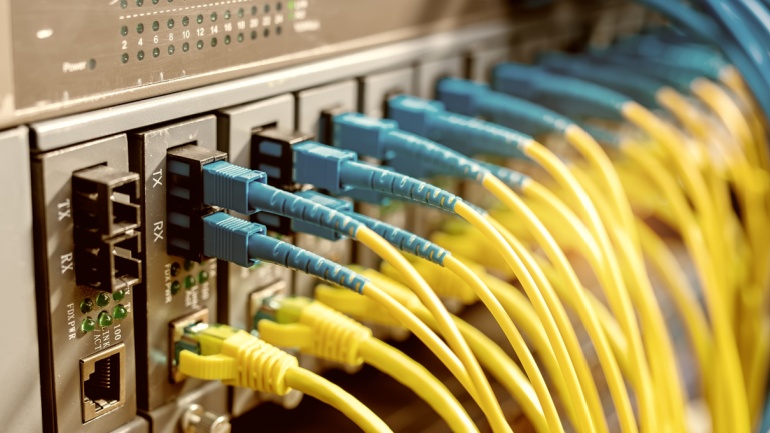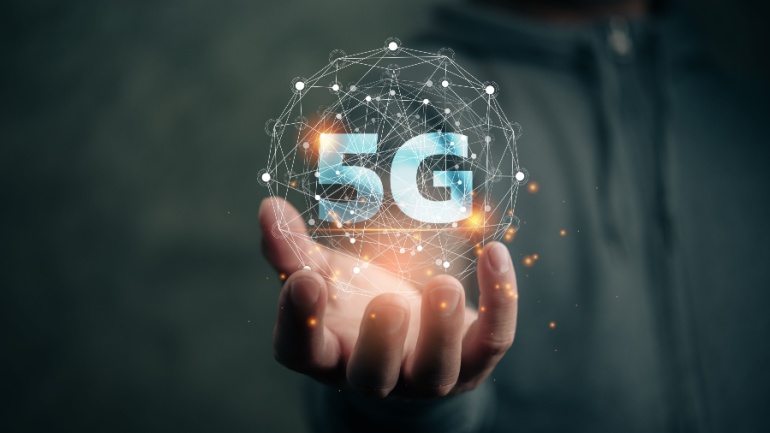Nokia partners with Rockwell Automation to test private 5G on the CBRS band, enhancing industrial automation using EtherNet/IP protocols. With successful integration of time-sensitive networking and ultra-reliable low-latency communications, this collaboration signifies a breakthrough for Industry 4.0 applications. Discover how private 5G network solutions are transforming industrial automation and connectivity.
AT&T partners with Nokia in a groundbreaking multi-year deal to upgrade its US fibre network infrastructure. Spanning five years, Nokia will deliver crucial fixed broadband equipment to bolster AT&T’s current infrastructure and accommodate future network expansions. This partnership is set to enhance broadband access for millions, driving digital innovation.
Nokia is expanding its R&D center in Chennai to enhance its fixed networks division, focusing on fiber, Wi-Fi, and fixed wireless technologies. The facility will develop advanced technologies like 10G to 100G PON and Fixed Wireless Access, supported by a Memorandum of Understanding with the Tamil Nadu government to bolster infrastructure and innovation in the region.
Nokia has dismissed rumors about its mobile network business being acquired by Samsung. The Finnish telecom giant confirmed its dedication to the division, despite market speculation. This strategic asset is key for Nokia and its customers, especially with the expansion of 5G technology. Keep updated with Nokia’s innovative journey.
Nokia has secured a crucial agreement with Claro Argentina to deploy 5G infrastructure nationwide, positioning Nokia as the sole supplier. This collaboration aims to revolutionize connectivity, focusing on Argentina’s largest cities. By leveraging Nokia’s cutting-edge 5G AirScale technology, encompassing base stations and massive MIMO radios, this initiative promises unparalleled performance and reliability.
Axiom Space and Nokia are teaming up to revolutionize lunar communication by integrating 4G/LTE technology into the next-generation spacesuits for NASA’s Artemis III mission. This partnership will enable high-speed data transfer, HD video, and voice communication on the lunar surface.
TIM Brasil is partnering with Nokia for a significant 5G expansion across 15 states in Brazil, set to commence in January 2025. Utilizing Nokia’s advanced 5G AirScale portfolio, including baseband and massive MIMO radios, this initiative aims to boost connectivity for both general users and regional enterprises, enhancing Brazil’s telecom landscape.
SK Telecom and Nokia have partnered to introduce groundbreaking fibre sensing technology designed to detect environmental changes affecting optical cables. This innovation aims to boost network safety, preventing damage from earthquakes and climate changes. By leveraging machine learning, the collaboration ensures proactive responses, minimizing service disruptions and improving network reliability and efficiency.
Cornwall-based broadband provider Wildanet has collaborated with Nokia to accelerate the installation of a gigabit-enabled full fibre network across Cornwall and the Isles of Scilly. This strategic partnership aims to enhance digital connectivity in these underserved areas.
Nokia and Bharti Airtel’s first trial of 5G non-standalone technology in India achieved over 1.2 Gbps data throughput on Airtel’s commercial network. The trial used the 3.5 GHz spectrum for 5G, leveraging Nokia’s RAN software and advanced virtualization.



